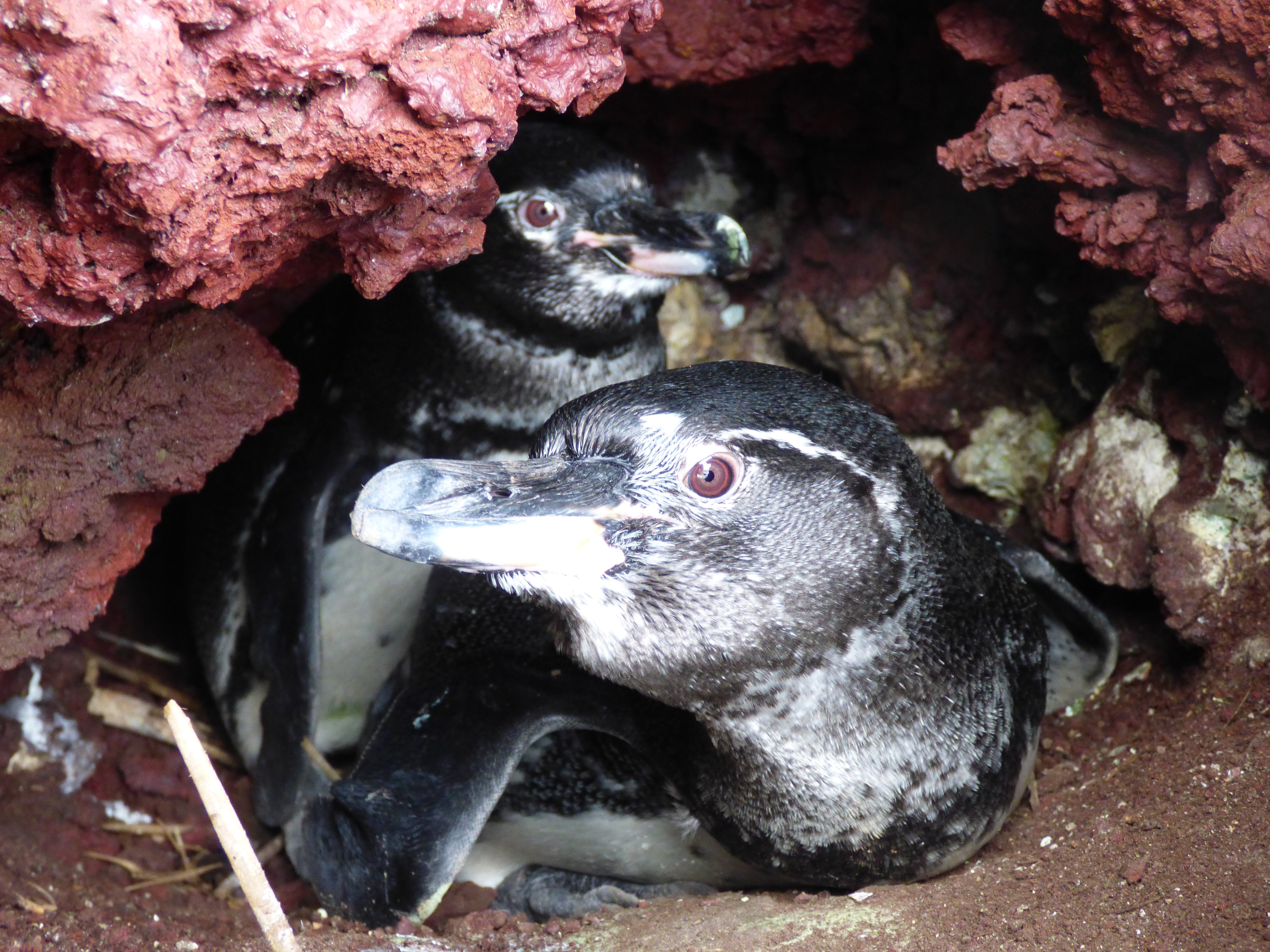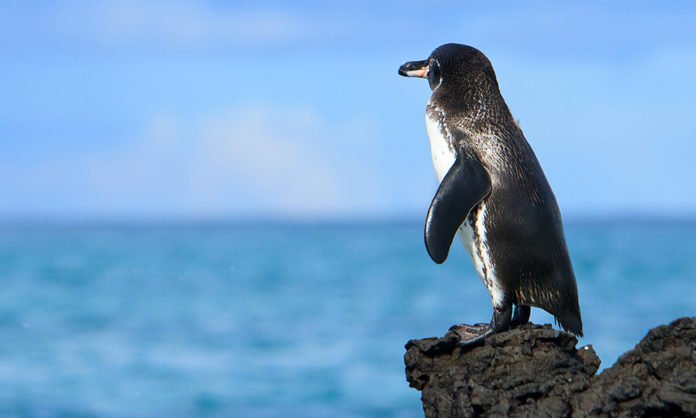Galápagos penguins are the only penguins to live in a tropical locale. Like all penguin species and most birds, they need outside genitalia. Moreover, male and female Galápagos penguins appear to be like each other, and both offer parenting obligations, hatching eggs and raising the posterity.
Males tend to be slightly larger than females, but the difference is slight. A DNA test is accessible to decide the sex of a Galápagos penguin, yet that requires getting a blood test from every person — an obtrusive and tedious process.
Now, a new study by scientists from the University of Washington suggests that for a Galápagos penguin, beak size is nearly a perfect indicator of whether a bird is male or female. Armed with this learning, analysts could decide the sex of a bird rapidly and precisely in the wild without taking a blood test — accelerating field investigations of this strange and imperiled seabird.

Lead author Caroline Cappello, a UW doctoral student in biology said, “For Galápagos penguins, we really wanted to understand if there was a simple ‘rule’ we could employ to determine sex — a sign that would be fast and reliable.”
“We were hoping to find a physical trait to determine sex in Galápagos penguins that would be simple to measure in the field. By finding such a sex-specific trait, we could use that in our field studies on whether shifting climatic conditions affect male and female Galápagos penguins differently.”
In order to find out the physical sign of the sex, scientists collected body measurements from 61 adults Galápagos penguins in the wild — including head size, flipper length, foot length and a half-dozen measurements of the beak and its surrounding feathers. They also gathered blood samples and later sent them to Patty Parker, a professor at the University of Missouri-St. Louis, to determine the sex of each adult using the DNA test.
Combining the body-size measurements and DNA test outcomes into statistical analysis, scientists discovered that males had slightly thicker beaks — measured from top to bottom — compared to females.
This knowledge will help the UW team study Galápagos penguins in what Boersma has called a “predictably unpredictable” place. Straddling the equator, the Galápagos Islands are perfectly placed to take advantage of an upwelling of Pacific Ocean currents.
Cappello said, “Now we can start to look at whether climate change will impact male and female Galápagos penguins differently, and what kind of strain this might put on their ability to survive as a species.”
Journal Reference
- Cappello CD, Boersma PD (2018) Sexing Galápagos penguins Spheniscus mendiculus by morphological measurements. Endang Species Res 35:169-173. DOI: 10.3354/esr00879
